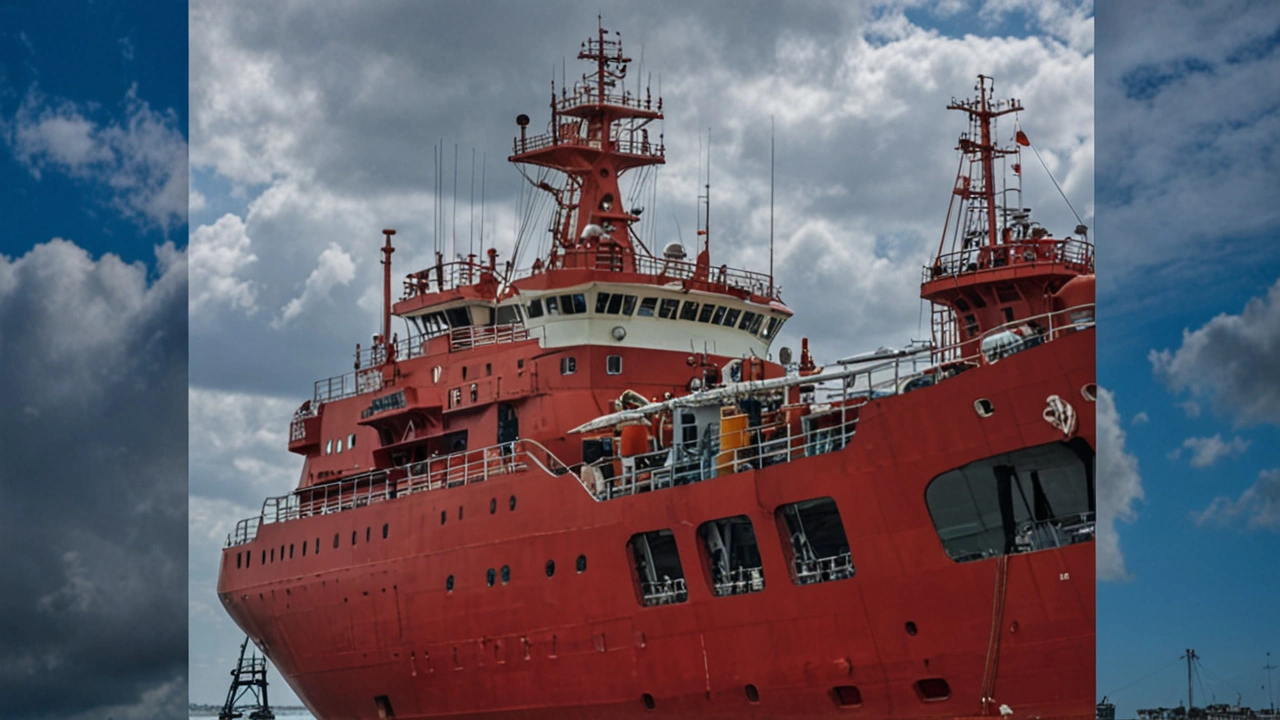Titanic: What Really Happened — A Clear, Quick Guide
April 14–15, 1912. The supposedly "unsinkable" RMS Titanic struck an iceberg and sank in the North Atlantic. About 2,224 people were on board; roughly 1,500 died. Those numbers shock people because the ship was a marvel of its day.
You don't need a history degree to get the essentials. Below I’ll give you clear facts, bust a few myths, and explain why we keep talking about Titanic more than a century later.
Key Facts at a Glance
Here are the basics you should remember:
- Date: Collision late on April 14, 1912; sank early April 15.
- Location: About 370 miles (600 km) south-southeast of Newfoundland in the North Atlantic.
- Passengers and crew: Around 2,224 on board; roughly 1,500 lost their lives.
- Why it sank: Iceberg strike damaged multiple watertight compartments; the ship’s design and decisions on the night made rescue harder.
- Lifeboats: Not enough for everyone. Regulations at the time allowed it, but the outcome was tragic.
Those facts frame the rest of the story: human choices, technology limits, and a harsh sea combined to create a disaster that changed maritime safety rules.
Common Myths and Straight Answers
Myth: The ship was truly "unsinkable." Not true. The phrase came from marketing and public belief. Engineers knew no ship was invulnerable.
Myth: Everyone could have been saved if the crew acted smarter. Some lives might have been saved, but darkness, cold water, limited boats and confusion made rescue extremely hard.
Myth: Only rich people survived. Survival rates varied by class and location on the ship, but many people from all backgrounds survived while many did not.
One lingering controversy is the role of nearby ships—like the SS Californian—and whether they could have helped more. The debate still shows how chaotic the night was.
Other lasting images—like the ship’s band playing as it sank—are well documented by survivors and have become part of the human side of the tragedy.
Why we still care: Titanic is a mix of modern tech failing, class divisions, heroism and mistakes. It forced new rules, like more lifeboats and better radio watch. It also gave us powerful stories about people in crisis.
If you want to learn more, check museums, survivor testimonies, documentaries and books that focus on engineering and personal stories. There are also debates now about wreck preservation and whether deep-sea visits should be allowed.
Need a quick reading list or documentary suggestions? I can point you to reliable books and films that focus on facts, not just drama.
